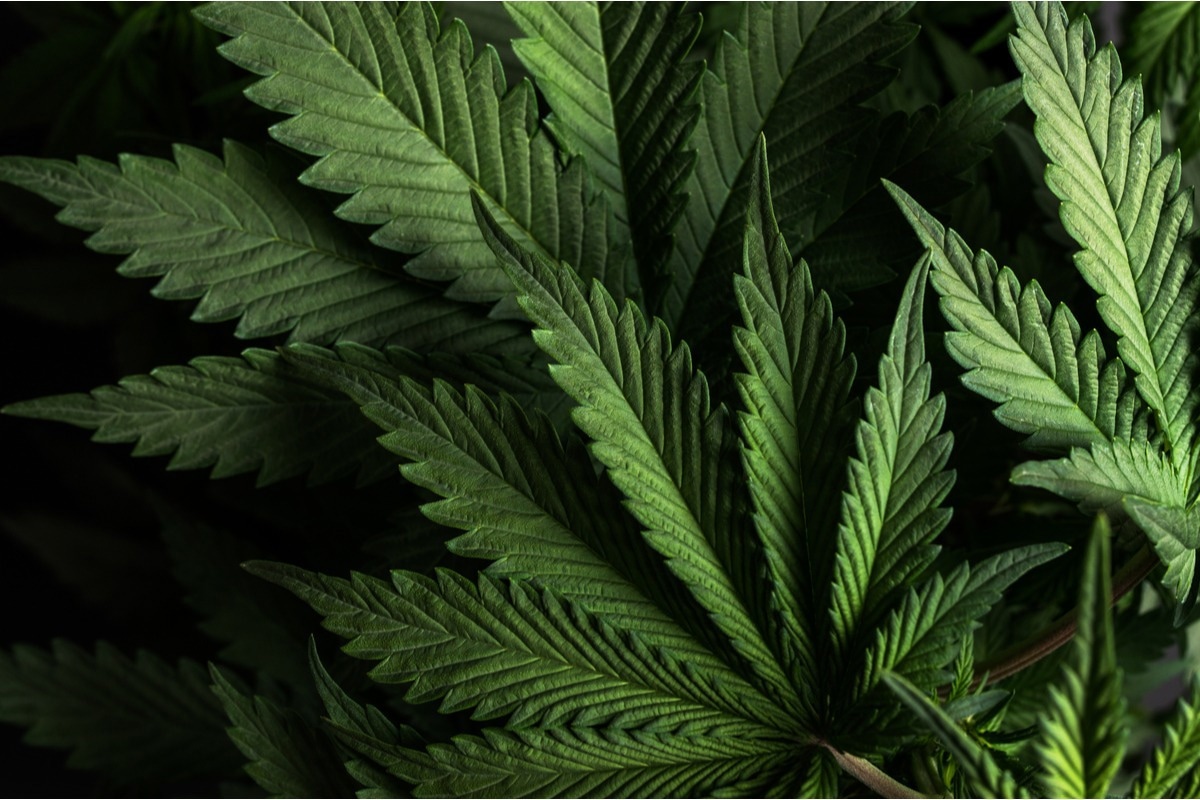A recent study published in the Journal of the American College of Emergency Physicians (JACEP) Open evaluated the recent usage of marijuana and its derivative products, their effects and clinical manifestations, perceptions, pharmaceutics, epidemiological studies, and the long-term ramifications in pediatric populations.
 Study: Marijuana use in children: An update focusing on pediatric tetrahydrocannabinol and cannabidiol use. Image Credit: Yarygin/Shutterstock
Study: Marijuana use in children: An update focusing on pediatric tetrahydrocannabinol and cannabidiol use. Image Credit: Yarygin/Shutterstock
Background
Cannabis is among the most popular recreational drugs in the United States (US), and an increasing number of children and adolescents consume it in some form. The legalization of cannabis has caused a spike in the drug's use among children and teenagers, owing to the widespread knowledge of the projected negligible risk with its use.
However, cannabis use during childhood poses risks of acute intoxication due to overdose and permanent neuropsychiatric changes. Furthermore, hazards associated with severe intestinal absorption are not rare with cannabis use during childhood.
Pharmacology of Cannabis
Cannabinoids are ingredients that cause the euphoric and sedative effects of cannabis, as they bind to certain brain receptors. Cannabidiol (CBD) and delta-9 tetrahydrocannabinol (THC) are the two extensively investigated and well-known cannabinoids; however over 100 kinds of cannabinoids are currently known.
CBD is an extensively used cannabinoid derivative and it does not interact with THC receptors or possess any psychoactive effects. CBD is known for its analgesic, anti-nausea, anxiolytic, anti-inflammatory antipsychotic, anti-epileptic, and anti-ischemic effects.
THC impacts the hypothalamus, cerebellum, and hippocampus, to elicit psychotropic effects and sensations. Levels of THC in the serum increase within minutes of consumption, reaching a peak within 1-4 hours, and thereafter, swiftly decline.
There are different forms of Cannabis; Marijuana refers to dried and crushed leaves/flowers; the concentrated oil is known as ‘hash oil’ whereas the resin part is known as hashish. Further, electronic vapor and other cannabis products have increased the drug's access and effectiveness.
Marijuana legalization has substantially increased availability and access, especially among the younger generation. A 2019, National Study of Drug Use and Health depicted that proportion of individuals over the age of 12 years who used marijuana escalated from 25.8 million in 2002 to 48.2 million in 2019 – with the number of adolescents who started using marijuana in the previous year averaging around 3,700 adolescents per day.
Cannabidiol
Until June 30, 2021, poison control institutes had already dealt with 2,158 cannabidiol cases. Utah documented 52 incidents of CBD oil poisoning during 2017 and 2018, with symptoms including hallucinations, nausea/vomiting, seizures, and loss of consciousness.
Although there have been instances of unintended adulteration of these products with THC, the clinical appearance of acute CBD intoxication is typically benign. Several side effects of cannabidiol are gastrointestinal (nausea, emesis, diarrhea). Additionally, there's been complaints of respiratory distress and psychogenic effects.
In adults, cannabinoids may help modulate chemotherapy-induced nausea and vomiting. However, none of these studies evidence beneficial Cannabis use in children. Meanwhile, certain retrospective or observational studies and case reports depict the efficacy of cannabinoids in halting recalcitrant seizures.
Large, randomized, controlled studies investigating the efficacy of pharmaceutical-grade cannabidiol (CBD) in pediatric patients with Dravet and Lennox-Gastaut syndromes revealed comparable efficacy to conventional anticonvulsants. The Food and Drug Administration (FDA) has approved the use of a CBD medication for both Dravet and Lennox-Gastaut syndromes, however, the mechanism remains uncertain.
In up to 15% of the patients, cannabidiol has been associated with adverse effects such as nausea, seizures, and increases in serum alanine aminotransferase and aspartate aminotransferase. In additional instances, hyperammonemia and severe thrombocytopenia were documented. All of these side effects appeared to be dose-dependent.
Managing such adverse effects entails the withdrawal of CBD medicine. However, the long-term effects of CBD intake remain uncertain. In addition, pharmaceutical formulations may be subject to inconsistent regulation.
Delta-9-tetrahydrocannabinol (THC)
Observation revealed instances of THC incidence and acute overdose. From 2004 to 2014, it was reported that children younger than 3 years of age were admitted to a pediatric emergency room due to accidental exposure to cannabis. Ten of the 29 admitted infants tested positive for cannabis in their urine and required acute care. Among these, 87% of instances of intoxication occurred at home. Resin was the most common type of ingested cannabis. Moreover, depending on the form ingested, the clinical appearance of a patient with acute THC intoxication can differ.
Pure THC in edible items can have substantially varied harmful effects than raw cannabis. After acute consumption, the most often reported symptoms in children are depression, disorientation, agitation, ataxia, lethargy, and coma. Dexmedetomidine was proven to be a relatively safe and effective treatment for juvenile marijuana or natural cannabinoid exposures , to aid in managing acute THC toxicity.
Various systemic and psychological consequences have been linked to chronic cannabis use. The most prevalent and serious side effects are – cannabinoid hyperemesis disorder, central nervous system-related side effects, cardiorespiratory consequences, and a higher likelihood of bodily harm. While cannabis use during pregnancy has been linked to newborn neurodevelopmental problems and autism spectrum disorders.
When it comes to withdrawal syndrome therapy, no study on cannabis has been published. However in the treatment of withdrawal symptoms behavioral treatment and several pharmacologic medications, for instance – dronabinol, nabiximols, gabapentin, certain sedatives, and hypnotics may be used.
Since its legalization, cannabis acceptability and use have increased, as the drug has garnered a reputation for safe use or lack of ill effects. Nevertheless, strong parental vigilance is imperative, along with peer discouraging around cannabis use, which may assist in averting cannabis use among pediatric age groups.
Conclusion
This review summarizes the existing research on cannabis use in children, including incidence, the short-term and long-term side effects, and widespread usage. Legalization seems to have contributed to the projected ‘safety’ of marijuana. However, the risks linger. The risks associated with marijuana use amongst children could prove deleterious, and the potential for lasting neuropsychiatric complications requires prompt action and propagation of preventive awareness.